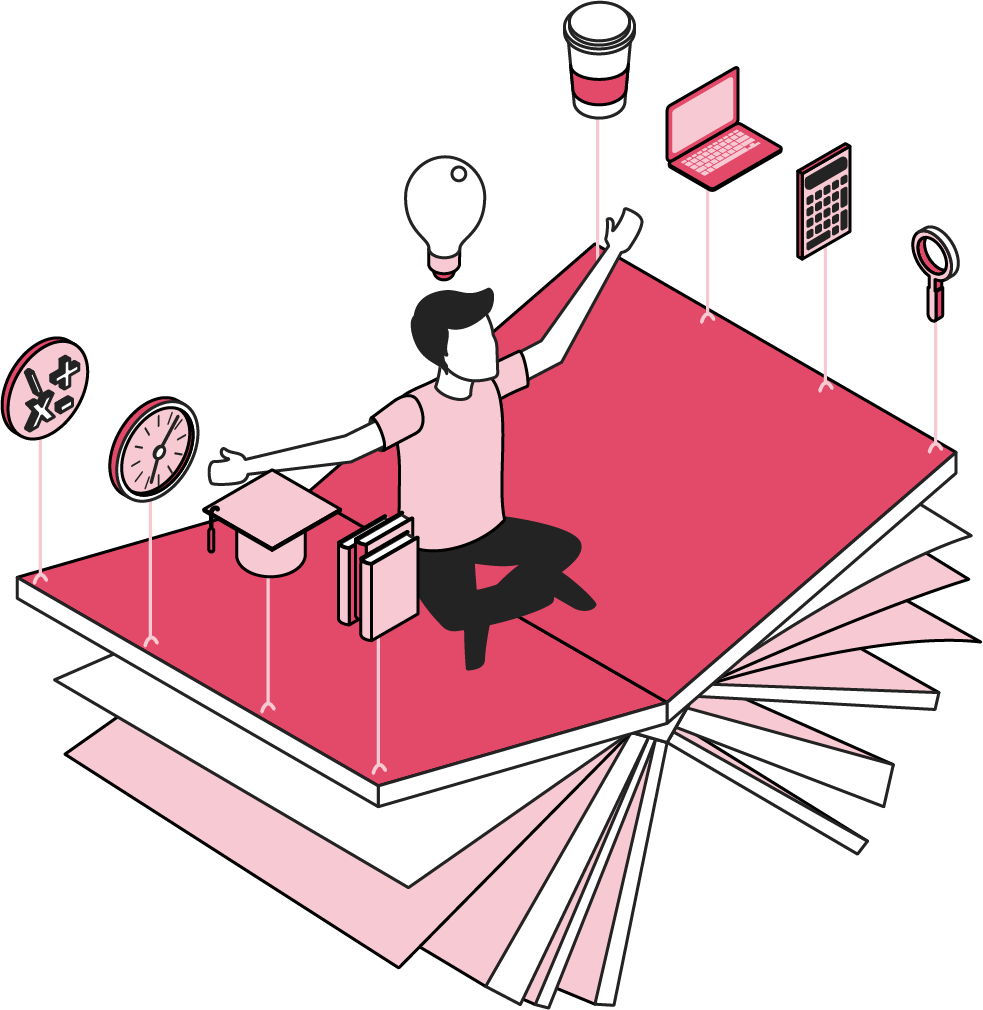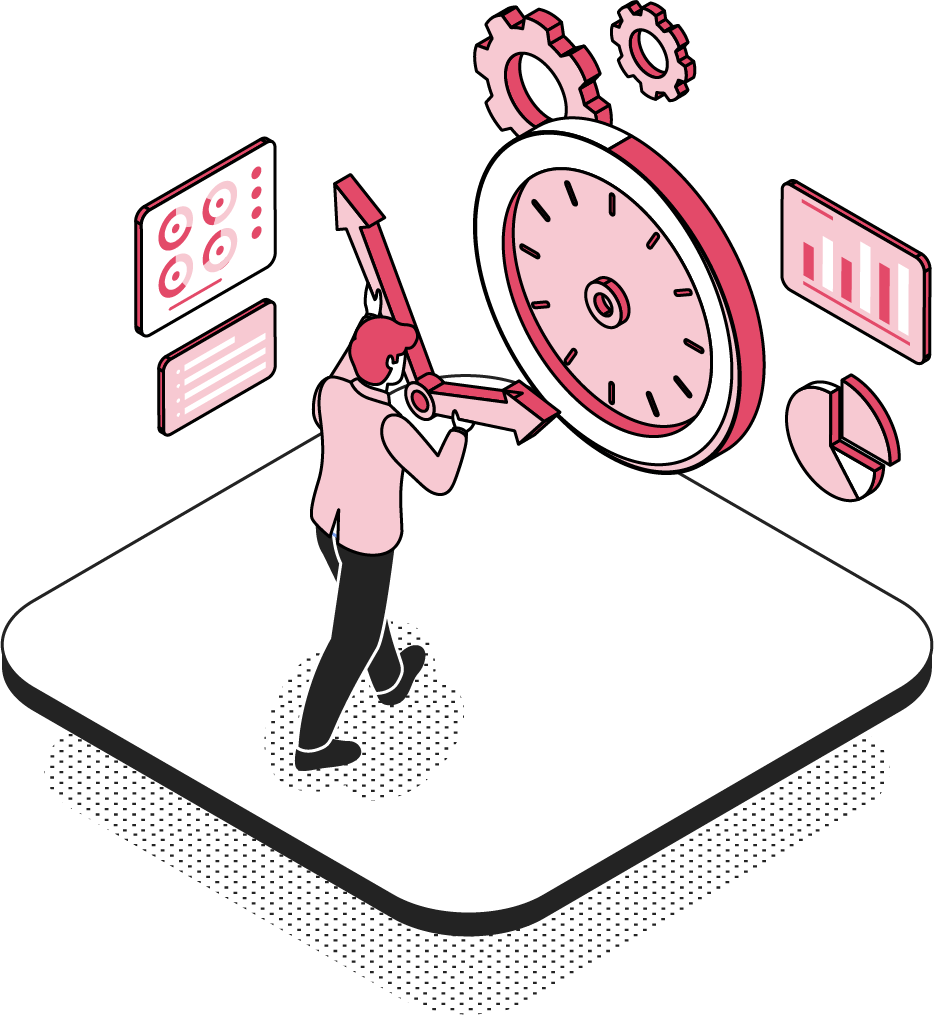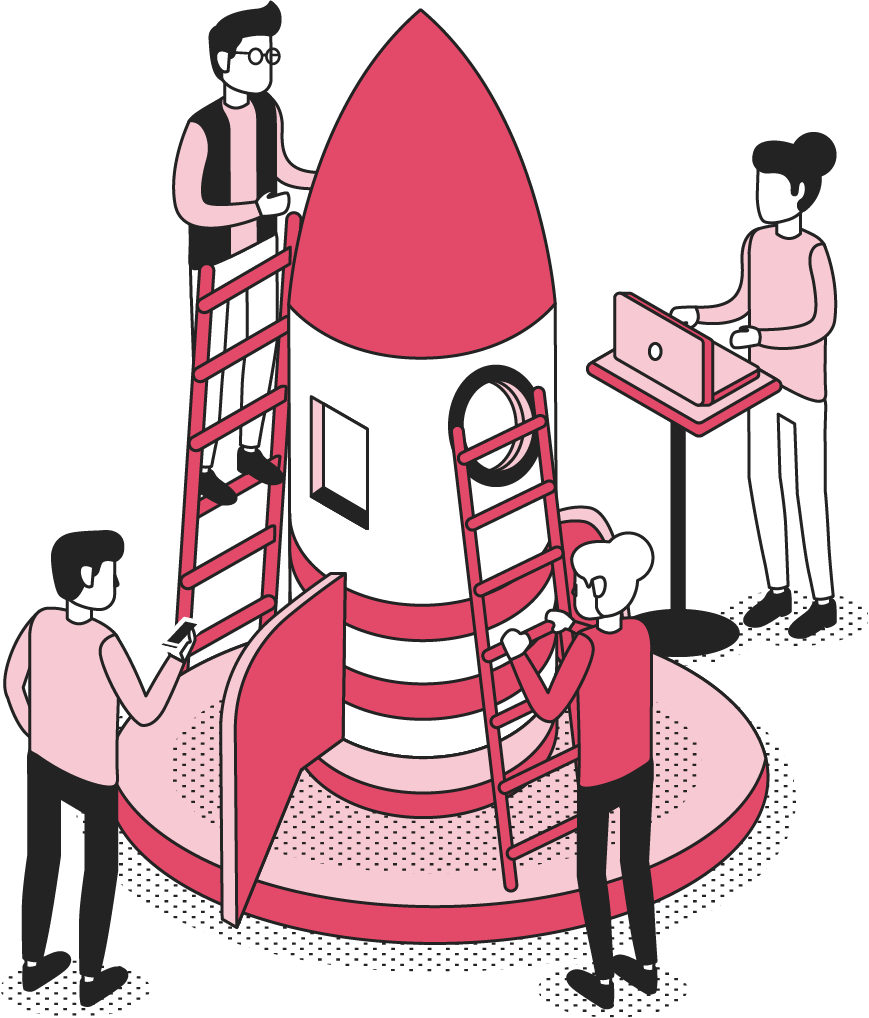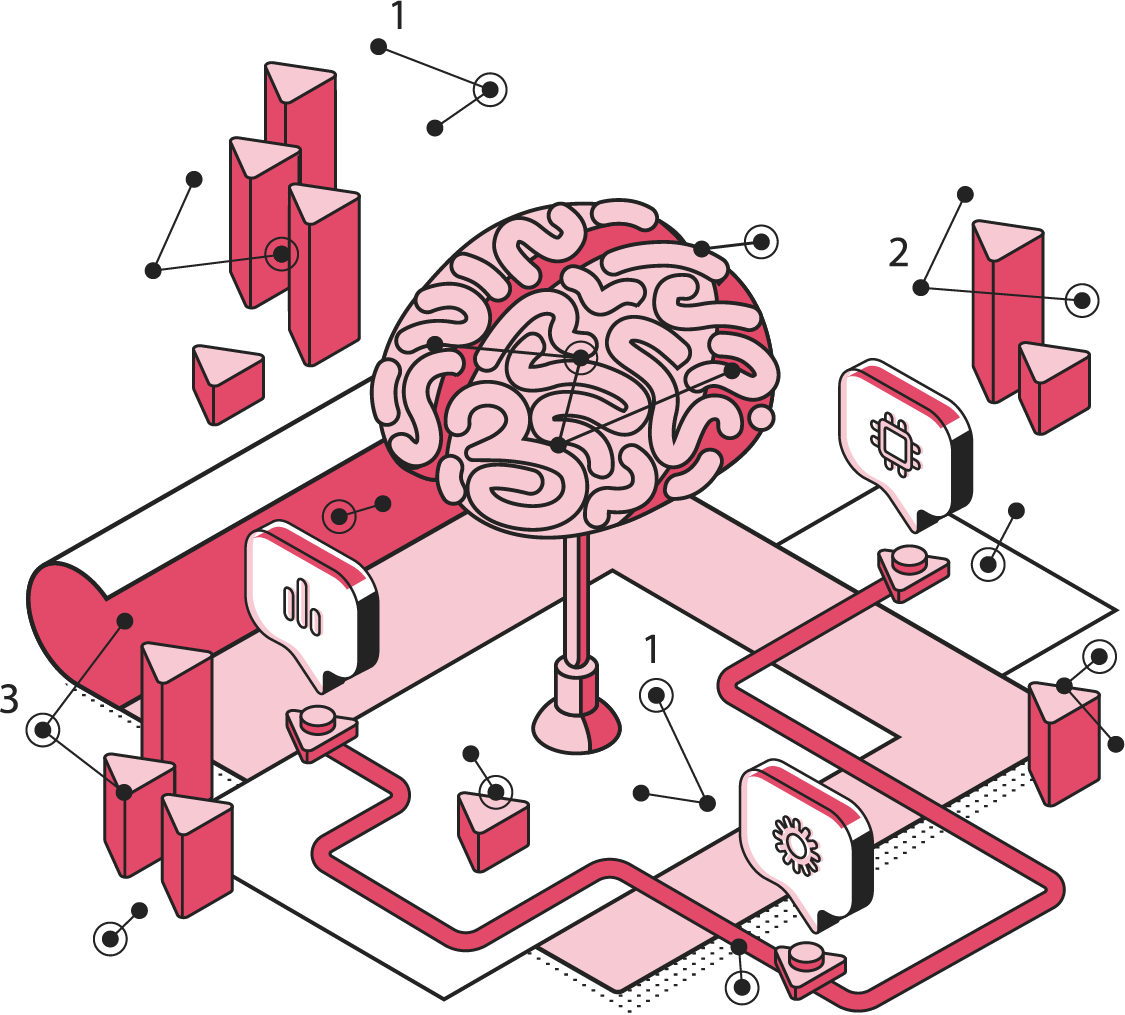The GLS Legal Operations Centre
The ultimate in-house legal department resource stack
Back
Structure & Responsibilities
What Is It
Legal Team Structure & Roles refers to the deliberate design of your legal department’s internal architecture - how it is organised, who does what, and how responsibilities are distributed. It is the blueprint that determines whether your legal team operates as a cohesive unit or a collection of disconnected individuals.
On the Human Capital Line, this station is foundational. Lawyers are high-value assets, but their effectiveness depends on clarity of purpose, alignment of roles, and a structure that supports collaboration and accountability. Without this, even the most talented legal professionals will struggle to deliver consistent value.
A well-structured legal team enables specialisation, reduces duplication, and ensures that work is routed to the right person at the right time. It also supports career development, succession planning, and performance management. Critically, it allows legal leadership to scale the function without losing control or quality.
In short, Legal Team Structure & Roles is about creating the conditions for legal talent to thrive. It’s not just an org chart - it’s a strategic enabler of legal team performance.
Scope
The scope of Legal Team Structure & Roles typically includes:
◼️Team Composition – Defining the mix of generalists, specialists, and support roles.
◼️Role Clarity – Articulating responsibilities, decision rights, and reporting lines.
◼️Functional Alignment – Ensuring structure supports key legal functions (e.g., contracting, compliance, disputes).
◼️Span of Control – Managing team size and supervisory ratios.
◼️Career Pathways – Creating progression routes and development opportunities.
◼️Succession Planning – Identifying critical roles and future leaders.
◼️Cross-Functional Integration – Aligning legal roles with business units and functions.
◼️Performance Accountability – Linking roles to KPIs and outcomes.
Resource Status
In GLS legal ops speak – the Structure & Responsibilities is considered a “Foundational” resource within the process ecosystem of an in-house legal team.
The Foundational Resource is a CRE that is responsible for determining the overall performance capabilities of a “critical” legal function. If it is not optimised, the function can never be optimised.
Best Practice Features
The best practice features of Legal Team Structure & Roles are as follows:
◼️Board-Approved Structure – Endorsed at the highest level for legitimacy and alignment.
◼️Role Clarity Documentation – Every team member has a clear, written role profile.
◼️Functional Mapping – Structure reflects the legal department’s core service areas.
◼️Scalable Design – Capable of growing with the business without losing efficiency.
◼️Specialist Mandates – Defined roles for key areas like contracting, compliance, and disputes.
◼️Succession Visibility – Clear plans for leadership continuity and talent retention.
◼️Performance Linkage – Roles tied to measurable outcomes and service delivery standards.
◼️Cross-Team Collaboration – Structure supports integration with other business functions.
Business Value
The Legal Team Structure & Roles station delivers the following value to the Business:
◼️Faster Legal Support – Work is routed efficiently to the right resource.
◼️Improved Service Quality – Specialisation leads to better outcomes.
◼️Reduced Risk – Clear accountability reduces errors and oversight gaps.
◼️Scalable Legal Function – Structure supports business growth and complexity.
◼️Enhanced Business Alignment – Legal roles mirror business needs and priorities.
Legal Department Value
For the legal team, Legal Team Structure & Roles provides:
◼️Clarity & Focus – Lawyers know what they’re responsible for and where they fit.
◼️Morale Boost – Defined roles reduce confusion and internal friction.
◼️Career Development – Clear pathways for growth and progression.
◼️Operational Efficiency – Reduced duplication and better workload distribution.
◼️Leadership Visibility – Easier to identify and develop future leaders.
Who Needs It
The Legal Team Structure & Roles station is essential for:
◼️Legal Department Leadership
◼️In-House Counsel
◼️Legal Operations Teams
◼️HR & Talent Managers
◼️Executive Management
◼️Risk & Compliance Officers
◼️Internal Audit Functions
Productivity Consequences
A legal team operating without a Legal Team Structure & Roles framework will face a wide range of inefficiencies including:
◼️Role confusion and duplicated effort
◼️Poor workload distribution and burnout
◼️Inconsistent service delivery
◼️Low morale and high turnover
◼️Difficulty in scaling or restructuring
◼️Lack of accountability and performance tracking
Tech Implication
Legal Team Structure & Roles is not a technology product, but it enables and is enhanced by technology:
◼️Org Design Tools – Visualise and manage team structure.
◼️HR Platforms – Track roles, responsibilities, and career progression.
◼️Performance Dashboards – Link roles to KPIs and service metrics.
◼️Collaboration Tools – Support cross-functional integration and communication.
◼️Legal Ops Platforms – Align structure with workflow and service delivery.
Technology supports structure - but structure must come first.

The GLS Legal Operations Centre
Register to access your complimentary Day 1 Resource Stack packed with legal team performance resources.

GLS Ultimate Guide To Legal Operations
Download this and read it thoroughly and regularly. It is a wonderful transformation companion.

Book A No-Obligation Consultation
If you would like discuss your legal transformation needs, please book a 30 minute free consultation with us.

GLS Legal Transformation Boot Camp
Our hugely successful, 10-week long, email-based boot camp on how to effectively transform your legal team.




